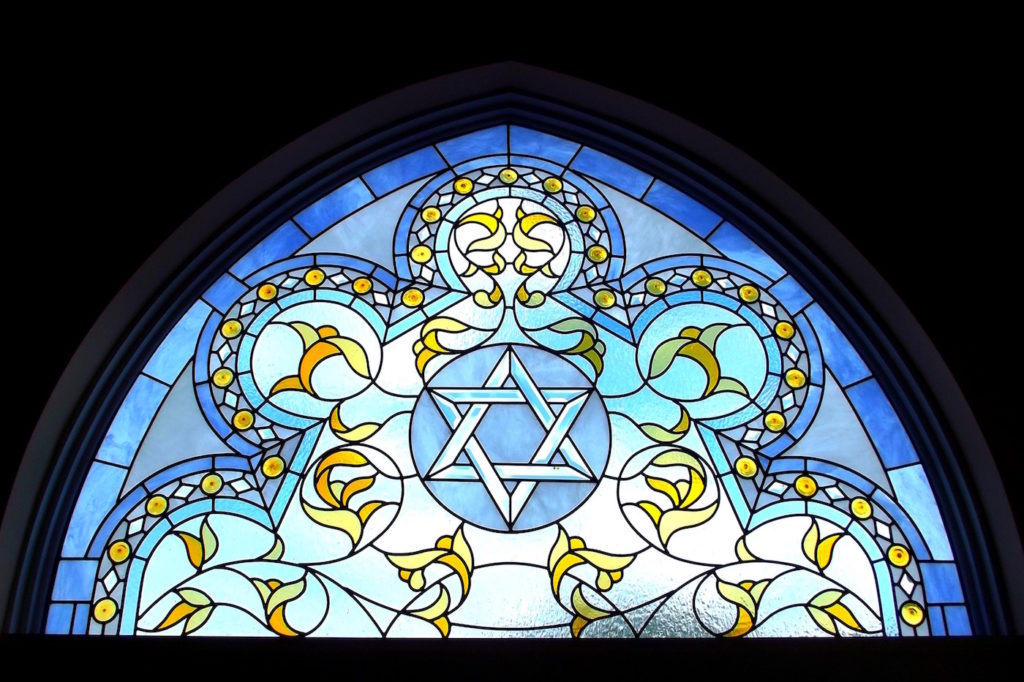In his new book, Halakhah: The Rabbinic Conception of Law, Villanova law professor and scholar of Jewish law Chaim Saiman provides a fascinating and deeply learned cultural anthropology of contemporary Orthodox Judaism. Saiman helps non-Jews understand the wildly outsized role that the study of Talmud, commentaries, and derivative legal codes plays in Orthodoxy, and the ways in which that study enables Orthodoxy to see itself as an organic continuation of the Talmud’s religious worldview.
But Halakhah has ambitions beyond anthropology. It seeks not only to describe the place of Talmud study in Orthodoxy, but also to make sense of that place. Saiman wants to justify the culture of yeshivot (intense Talmud academies) both to insiders who find value in what they do but cannot explain why, and to outsiders who find off-putting the centrality of often abstruse and impractical study.
Saiman is quick to note that the questions plaguing these perplexed or disaffected yeshiva students are not new. Many of them were posed by Jesus to the pre-Talmudic Rabbis. Why spend so much effort on the minutiae of which species can be tithed together, rather than on the purpose of tithing? Why analyze the syntax of oaths more than their substance? Why does the study of the law focus on its letter rather than on its spirit?
One type of response, set forth in chapters such as “Halakhah as Theology” and “Halakhah as Education,” is to show how legal discussion becomes the form and vehicle for other sorts of critical conversations. Saiman provides excellent examples of Talmudic conversations that can be read as covering the same ground as Plato or Milton, transposed into a legal key. For example: Jewish law forbids “carrying” in outdoor public areas on the Sabbath, although clothing may be “worn.” The Talmud develops conceptions of the masculine ideal, and of the Messianic future, via a discussion of whether swords are decorative for men and therefore may be “worn,” or if they are degrading and therefore may not be “carried.” Saiman also provides examples of modes of Talmud study that consciously seek to transvalue apparently legal conversations.
Start your day with Public Discourse
Sign up and get our daily essays sent straight to your inbox.But these are ultimately apologetics and not the main point. The real questions are why Orthodoxy chooses this key, even when the modalities of poetry and philosophy are available; and whether, for most members of the culture, study of the law in fact develops the areas of the soul that elsewhere are nurtured by poetry and philosophy.
Framing these questions as central assumes a particular vision of Orthodoxy and of the Talmud. Saiman acknowledges that halakhic cultures have always had poetry and philosophy outside of the Talmud. In some halakhic cultures, the study of medieval or modern mystical texts is as central as the Talmud. Moreover, some yeshivot do emphasize the practical aspects of the law, and those who have not attended or no longer attend a yeshiva often focus their study on practical law or the Bible. Finally, in many Orthodox subcultures, women are excluded from just the kind of Talmud study Halakhah presents as totalizing.
Still, none of these caveats diminishes the importance and potential of Saiman’s project. In his words,
The Rabbis assume that a niggling detail of the laws of Shabbat can engender a conversation about the ideals of manhood and even about humanity’s ultimate destiny. The reverse is equally true. Assessing the ideal man, or the value of human wisdom, or the goals of a legal system, is inextricably tethered to the small matters of halakhic observance. In tying these ideas together, the Talmud imparts a claim that is alternately maddening and compelling: that the starting point for human exploration and self-actualization is that man stands commanded to live by God’s Torah. The rest, as it were, is commentary.
Go and study.













